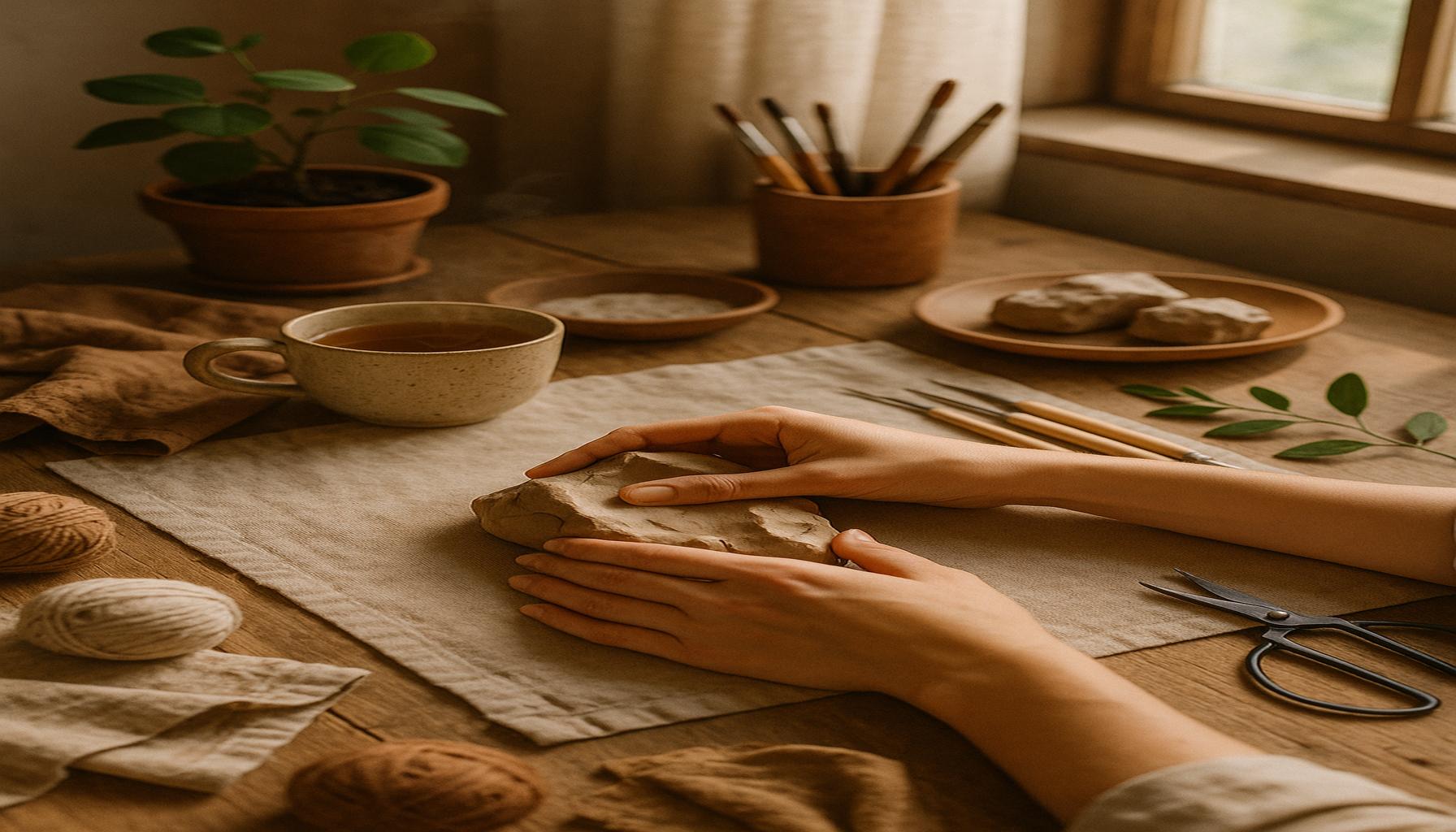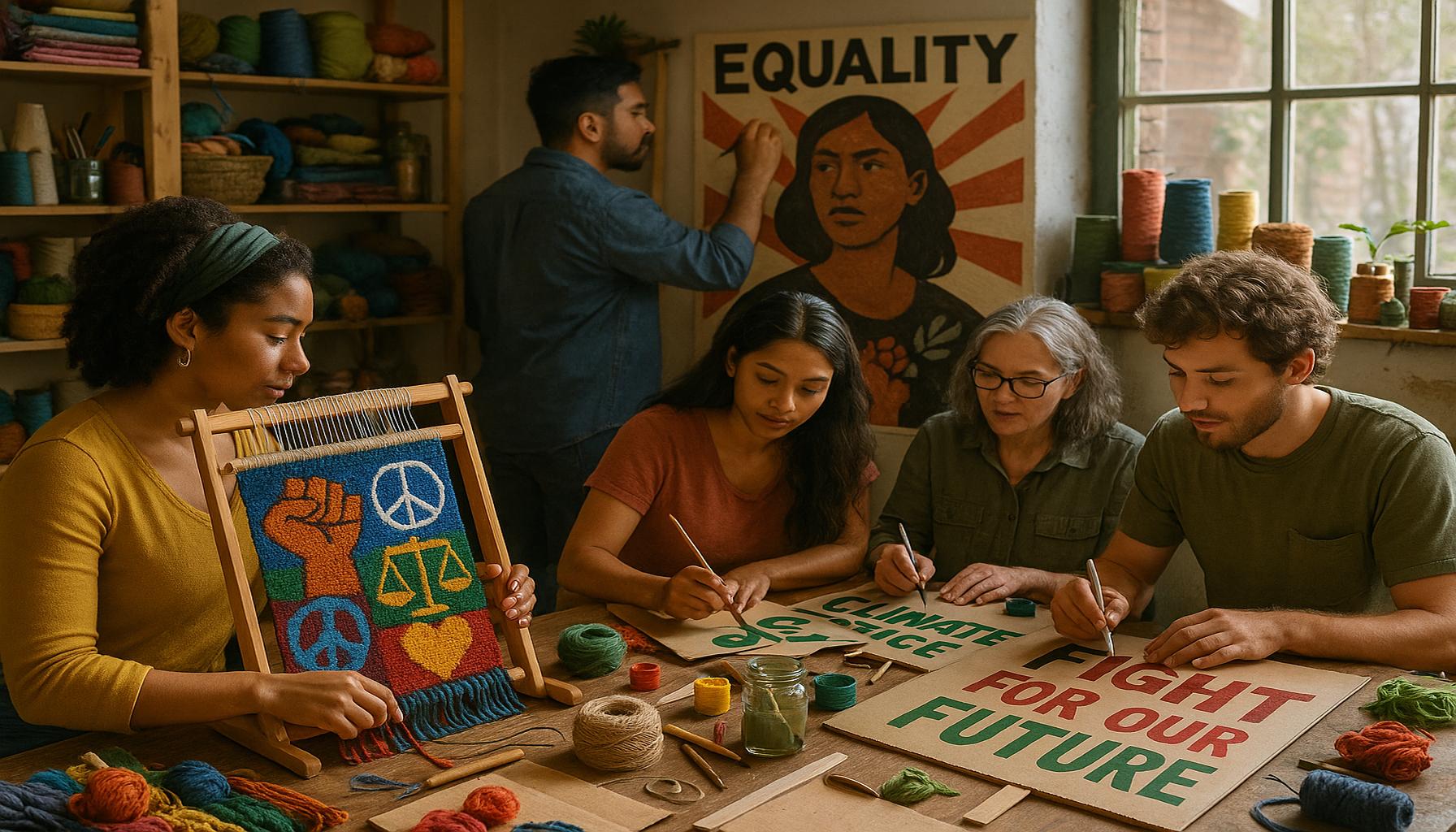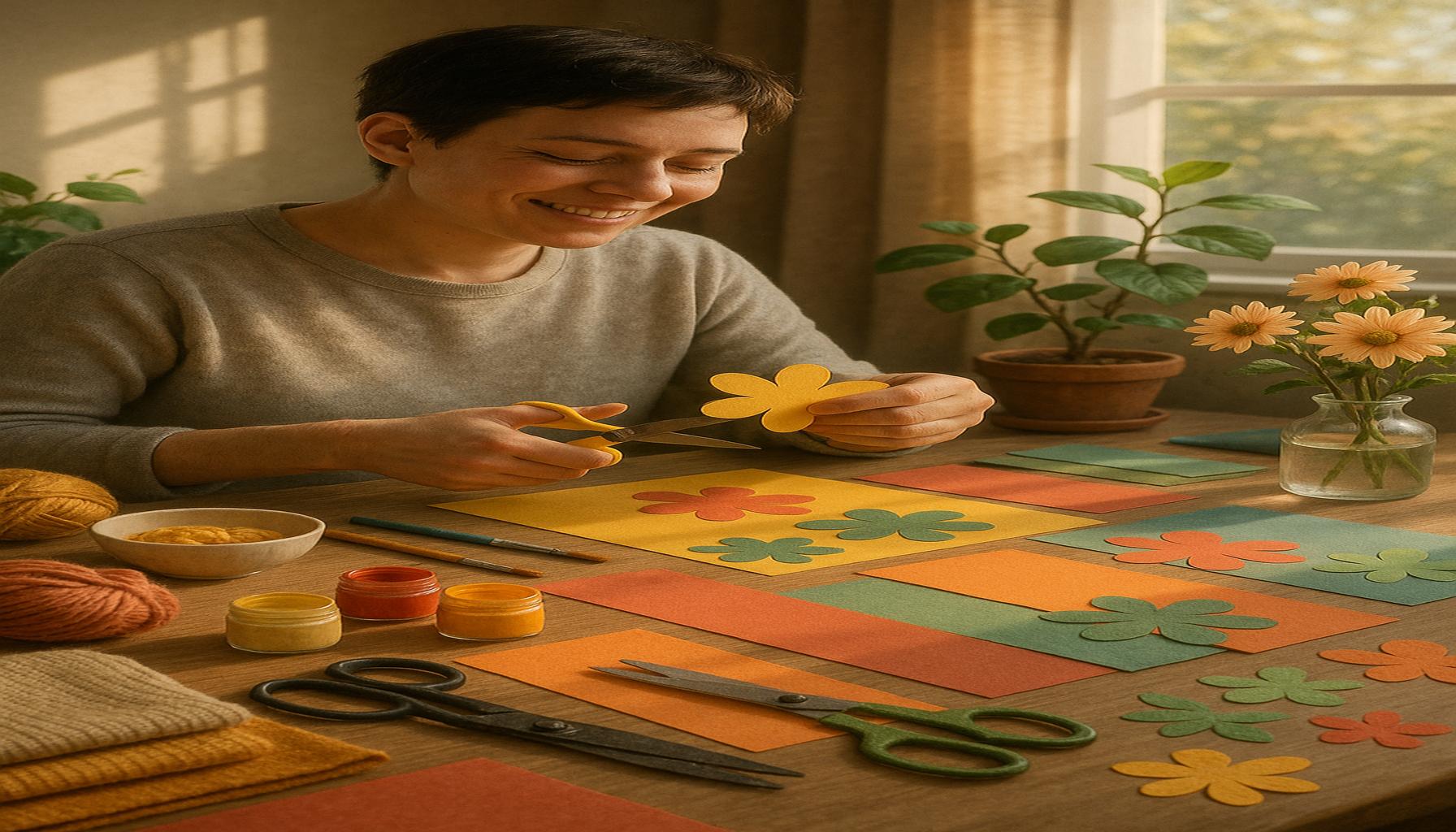Exploring Sustainability Trends in Crafting: Recyclable Materials and Ecological Practices
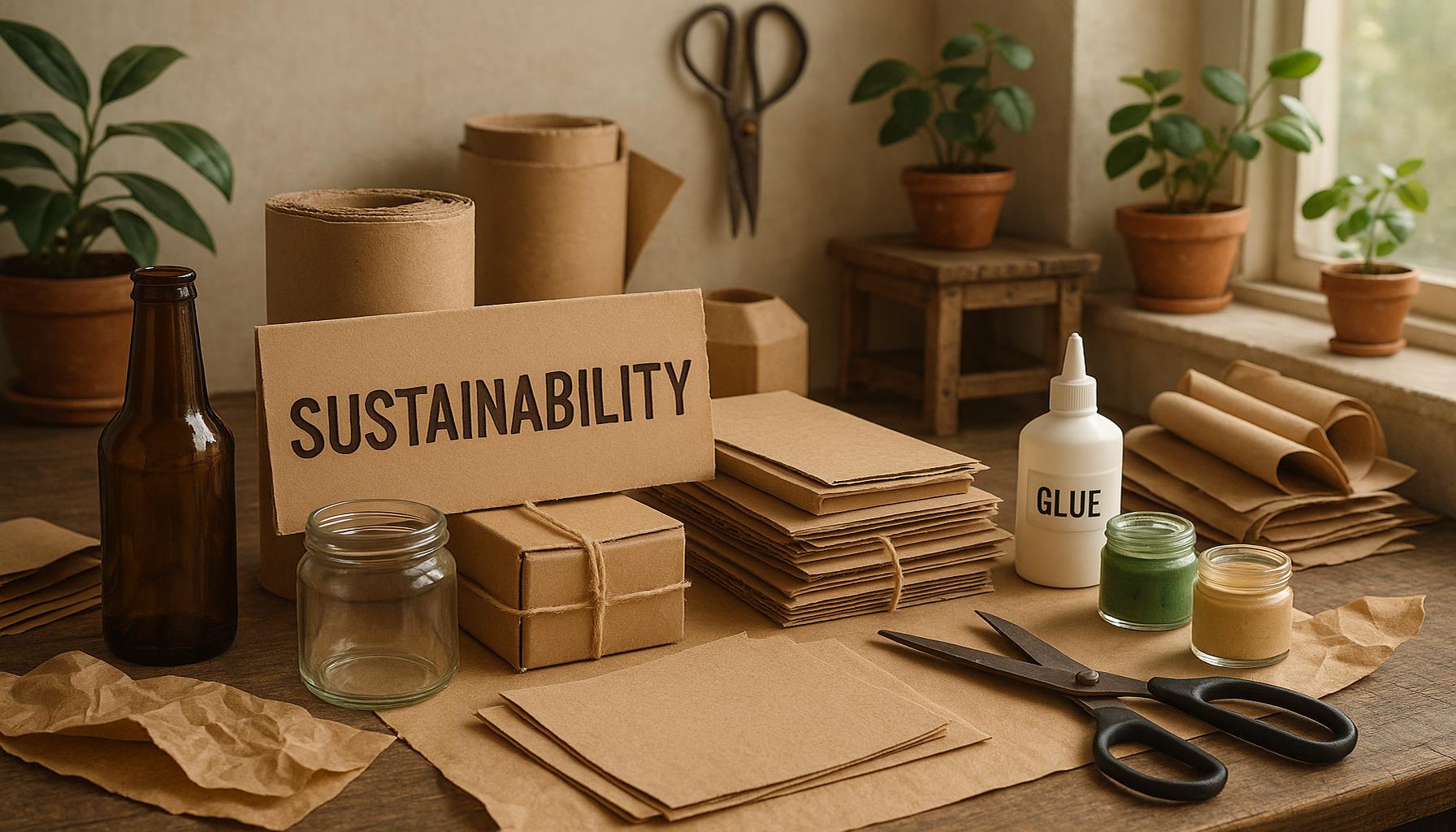
Understanding the Shift in Crafting
The landscape of crafting has shifted significantly, moving towards a more conscientious approach that seeks to heal rather than harm the environment. As more artisans adopt eco-friendly practices, the crafting community witnesses a growing focus on sustainability. This evolution is not merely a trend but a reflection of a broader, necessary change in how we create and consume. The rise of eco-conscious crafting exemplifies a commitment to both artistry and environmental stewardship.
Use of Upcycled Materials
One of the most prominent trends in sustainable crafting is the use of upcycled materials. Artisans are finding value in what many deem waste, converting everything from old newspapers to discarded furniture into stunning works of art. For instance, artists are turning glass bottles into beautiful lampshades or transforming wooden pallets into chic furniture. This creative reuse reduces landfill waste and fosters a culture where value is found in the overlooked.
Natural Dyes
The shift toward natural dyes marks another significant trend in eco-friendly crafting. This approach replaces synthetic dyes, which often contain harmful chemicals that pollute waterways during production. Instead, artisans are utilizing plants, roots, and even kitchen scraps such as avocado pits or onion skins to create vibrant colors. The result is not only a safer product for the environment but also a unique palette that connects the creator to nature. Notably, companies like “Earthues” are pioneering the use of plant-based dyes, promoting a healthier alternative in fabrics across the textile industry.
Locally Sourced Components
Supporting local economies through the purchase of locally sourced components is another fundamental principle of sustainable crafting. By choosing materials that are grown and produced nearby, artisans help reduce the carbon footprint associated with transportation. This practice also fosters community solidarity as local artisans collaborate and share resources. For instance, many crafters in the Pacific Northwest incorporate locally sourced wood, clay, and fibers into their work, thereby reinforcing their commitment to regional craftsmanship and sustainability.
The Broader Impact
These trends represent a significant paradigm shift in the crafting community, where innovation and responsibility coalesce. By embracing sustainable materials and practices, crafters are not only creating art but also championing a more sustainable future. This transition offers a valuable lesson in environmental responsibility, urging both creators and consumers to consider the ecological impacts of their choices.
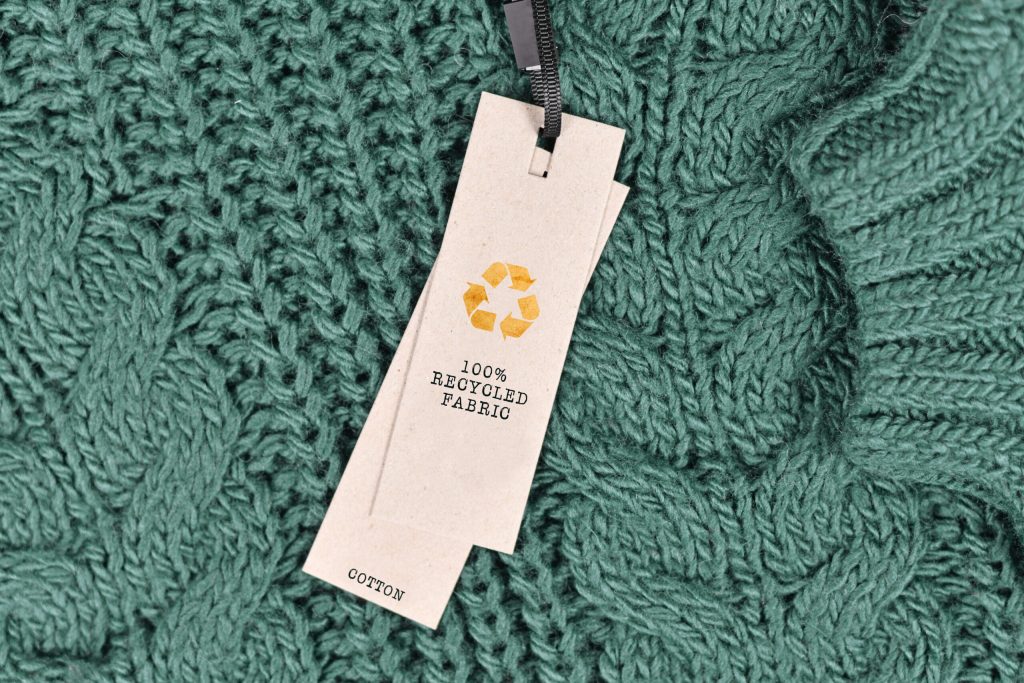
In conclusion, the rise of sustainable crafting illustrates that creativity can indeed coexist with ecological mindfulness. As consumers become more informed and intentional in their purchasing decisions, engaging with these sustainability trends becomes a collective effort towards fostering a healthier planet. It beckons us to explore further, challenging us to rethink not only how we craft but also how we approach consumption in our daily lives.
DISCOVER MORE: Click here to explore watercolor techniques
The Rise of Eco-Conscious Crafting Materials
As the crafting community expands, more artisans are actively seeking ways to integrate sustainability into their work. A pivotal aspect of this journey involves a commitment to using recyclable materials and embracing ecological practices that not only minimize environmental impact but also enhance creativity. The significance of these materials extends beyond aesthetics; they reflect a growing awareness of environmental challenges and a desire to contribute to positive change.
Exploring Reusable Textiles
Textiles are a key focus for sustainable crafting, especially when it comes to using reusable fabrics. Many crafters are turning to fabric remnants, thrifted garments, and even worn-out linens to create new pieces. This practice not only diverts waste from landfills but also imbues every crafted item with a unique story. For instance, a quilt made from vintage dresses is not just functional; it becomes a narrative piece that highlights the beauty of materials with history.
The demand for such textiles has led to the emergence of companies dedicated to producing eco-friendly fabrics. For example, brands like “Repreve” transform recycled plastic bottles into high-performance fibers, allowing artisans to access materials that are as sustainable as they are innovative. This focus on recyclable textiles facilitates the creation of one-of-a-kind products without compromising on style or ethics.
Biodegradable Crafting Supplies
Another notable trend is the shift toward biodegradable crafting supplies, which play a crucial role in ensuring that creations don’t contribute to the persistent waste problem. Artisans are increasingly opting for glue, tape, and even packaging materials that break down naturally over time. Products made from natural adhesives, like those derived from soy or starch, provide effective bonding while reducing reliance on synthetic options.
Some popular biodegradable supplies include:
- Bamboo paper – made from a fast-growing and renewable resource.
- Plant-based glues – offering excellent adhesion without hazardous chemicals.
- Recycled cardboard – ideal for a variety of crafting projects, from scrapbooks to architectural models.
The Influence of Technology
The embrace of sustainability in crafting is further augmented by advancements in technology. Innovative techniques such as 3D printing with biodegradable materials enable artisans to create intricate designs while reducing waste. This method allows for precise material usage, ensuring that every component of a design has a purpose. Moreover, digital platforms facilitate collaborations among crafters, fostering a community that shares knowledge on sustainable practices.
As technology continues to evolve, it opens new frontiers for creativity while maintaining a focus on ecological responsibility. This intersection of craft and tech demonstrates that sustainability is not an obstacle but an opportunity for fresh, inventive approaches.
Community Engagement and Education
The momentum behind sustainability trends in crafting is not solely driven by individual creators; it also gains strength from community engagement and educational initiatives. Workshops focused on sustainable practices are cropping up in cities across the United States, encouraging participants to explore materials and techniques that honor the environment. From natural dye sessions to upcycling workshops, these gatherings foster a shared commitment to crafting with a purpose.
As consumers and creators align around these sustainable practices, the crafting community signals a powerful movement toward environmental responsibility. By examining recyclable materials and integrating ecological practices, artisans are setting a new standard for the industry—one that emphasizes not just creation but also connection to the planet and its resources.
| Category | Details |
|---|---|
| Recyclable Materials | Utilizing recyclable materials offers a second life to products, significantly reducing waste. |
| Eco-Friendly Processes | Adopting ecological practices in crafting ensures a minimal carbon footprint and enhances sustainability. |
In the world of crafting, recyclable materials are gaining traction, allowing artisans to transform what would otherwise be waste into beautiful, functional items. This shift not only supports the environment but also invites creativity and innovation. Items such as repurposed glass, wood scraps, and fabric remnants become canvas for imagination, inspiring makers to revolutionize their creative processes.Moreover, integrating eco-friendly practices into crafting methodologies paves the way for a sustainable future. Techniques such as low-impact dyeing and local sourcing of materials empower creators to reduce their carbon footprint while promoting the conservation of resources. This holistic approach not only enhances the appeal of handcrafted products but also fosters community awareness about the importance of sustainable living.The intersection of recyclability and ecological mindfulness is not just a trend; it represents a vital shift towards an environmental consciousness that invites enthusiasts and crafters alike to navigate the path toward a more sustainable planet. Embracing these practices reveals not only benefits for our world but also opportunities for greater creativity and responsibility in crafting.
DIVE DEEPER: Click here to discover the art of storytelling
Innovative Techniques in Eco-Friendly Crafting
As the crafting community continues to expand its eco-conscious mindset, innovative techniques are emerging that pulse with creativity while championing sustainability. Artisans are reimagining traditional methods and leveraging new approaches to create artworks that resonate both ethically and aesthetically.
Natural Dyes and Sustainable Color Solutions
The return to natural dyes has become a prominent feature in sustainable crafting. By utilizing plants, fruits, and vegetables, crafters are infusing their projects with vibrant colors derived from the earth, eliminating reliance on harmful synthetic dyes. For example, turmeric yields a rich yellow hue, while indigo produces deep blues—both deriving their coloring properties from sustainable sources.
In addition to their eco-friendliness, natural dyes offer a unique charm to crafted items, as the color variations and intensity can be unpredictable, turning each piece into a true one-of-a-kind creation. Many artisans are hosting workshops on eco-dyeing, where participants learn to extract colors from everyday kitchen waste, making the process an educational exploration of sustainability.
Upcycling: Transforming Waste into Art
Upcycling has emerged as a stellar trend within the crafting world, elevating discarded materials into valuable creations. This practice encompasses a wide array of projects—anything from turning glass jars into decorative candle holders to converting old skateboard decks into artistic wall hangings. The philosophy behind upcycling is simple yet powerful: enhancing the value of materials rather than their disposal.
Crafting communities are increasingly promoting local upcycling events where participants can bring their own unwanted items and learn to transform them into new treasures. These gatherings foster a sense of community while also advocating for reduction in waste. A recent study revealed that upcycling can reduce landfill contributions significantly, emphasizing its environmental benefits.
Collaboration with Local Artisans
Collaboration plays a vital role in advancing sustainable practices among crafters. Many artisans are forming partnerships with local suppliers and sustainable brands, aligning their creative endeavors with local economies. These collaborations ensure that materials used are ethically sourced and reduce the carbon footprint associated with long-distance shipping.
For instance, initiatives that connect local woodworkers with sustainably harvested timber sources not only provide quality materials but also strengthen community ties. By prioritizing these relationships, artisans can amplify the impact of their craft while supporting sustainable practices at a grassroots level.
Certification and Standards for Sustainable Crafting
With the rise of eco-friendly crafting materials, certification programs are becoming increasingly important in guiding both artisans and consumers. Certifications such as the Global Organic Textile Standard (GOTS) or the Forest Stewardship Council (FSC) provide transparency about the sourcing and production processes behind crafting materials. By choosing certified products, crafters can ensure that their purchases align with their sustainability goals.
Furthermore, many brands are now adopting their sustainability frameworks, offering consumers a clear understanding of a product’s ecological impact. Certified materials not only bolster the credibility of artisans’ work but also encourage others in the industry to commit to sustainable practices.
Online Platforms Promoting Sustainability
The digital era has empowered crafters to share their sustainable innovations far and wide. Online platforms dedicated to eco-friendly crafting have opened avenues for artisans to connect and collaborate. Websites, blogs, and social media accounts focused on sustainable crafting provide a vast reservoir of information, tutorials, and inspiration, enabling creators to learn not just from individual experiences but also from a collective knowledge base.
As this movement gathers momentum, the commitment to sustainable crafting will likely continue to evolve, guided by innovation and collaboration. Armed with renewable resources, unique techniques, and community involvement, artisans are crafting a lush future for environmentally conscious creativity.
DIVE DEEPER: Click here to discover digital art tools and techniques
Conclusion
In an era where environmental consciousness is paramount, the evolution of sustainable crafting reflects a transformative movement, intertwining creativity with a commitment to the planet. Through the adoption of recyclable materials, the resurgence of natural dyes, and innovative upcycling practices, artisans are not just creating; they are laying the groundwork for a future that values resourcefulness and community. The integration of local collaborations enhances ethical sourcing while minimizing environmental impact, reinforcing the importance of supporting local economies in a global landscape.
As we embrace these sustainability trends, the significance of certification standards emerges prominently. Programs like the Global Organic Textile Standard (GOTS) and the Forest Stewardship Council (FSC) empower consumers to make informed choices, ensuring that their crafting endeavors are genuinely eco-friendly. Furthermore, the rise of online platforms dedicated to sustainable crafting cultivates an ever-growing repository of knowledge, inspiring crafters to engage in collective learning, share ideas, and build a vibrant, community-driven movement.
The journey towards sustainability in crafting is not just a trend; it is a vital step toward mitigating environmental degradation. By harnessing creativity, ethical practices, and collaboration, the crafting community is shaping a future rich in innovation and responsibility. As more individuals join this movement, the possibilities are boundless—allowing us to create beauty while also preserving the planet for future generations. To fully embrace this creativity, crafters and consumers alike must continue to explore and commit to sustainable practices that honor our earth.
